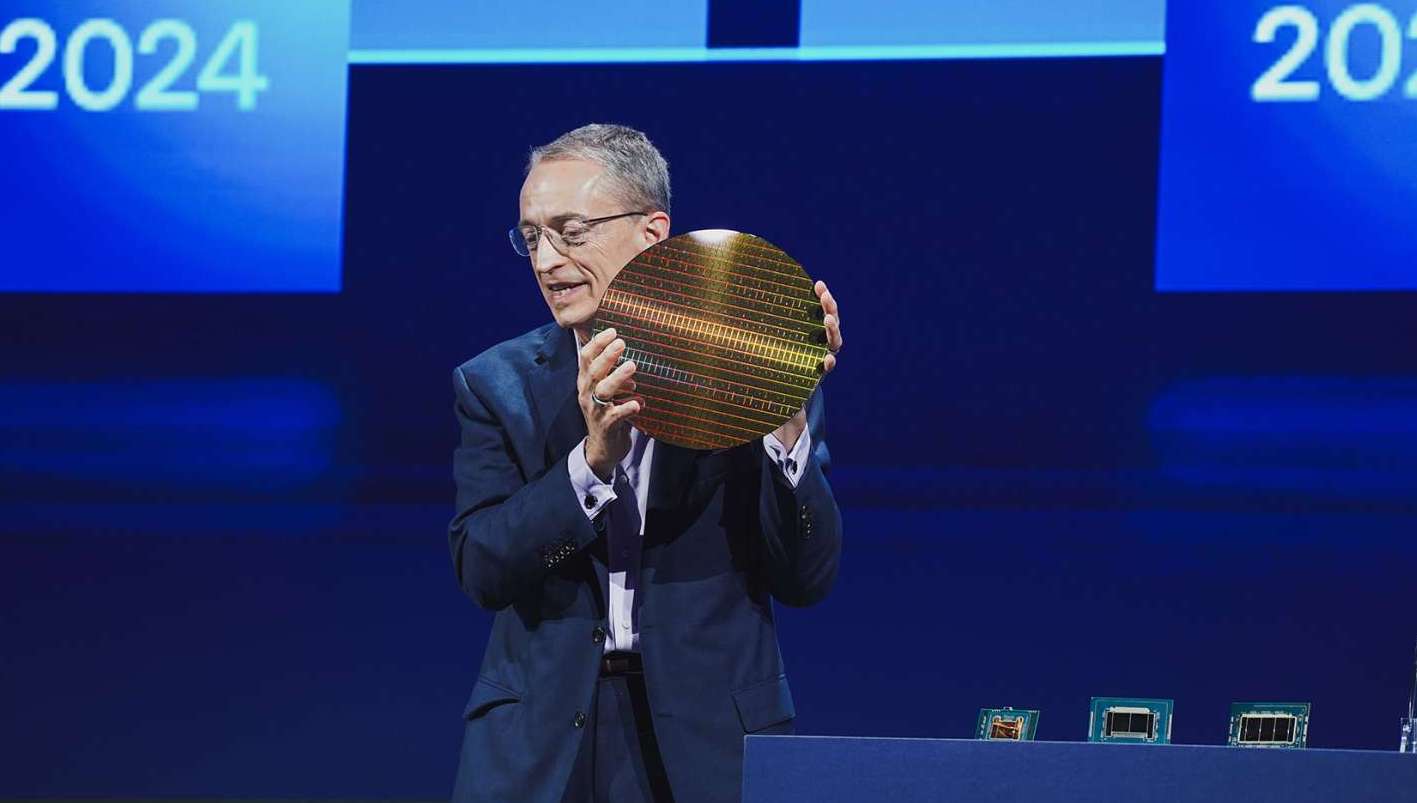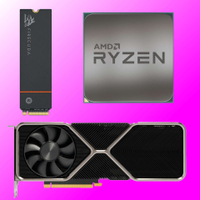Remember Intel's ex-CEO saying he'd 'bet the whole company' on 18A? A South Korean outlet says the yields are just 10%, although Intel says otherwise
If I make dinner and only 10% is edible, I consider myself to be in trouble.

Another day, another "bad news for Intel" story. In a year of dismal financial results, disappointing desktop chips, internal turmoil and... you know the rest. However, if the latest rumours are to be believed, things might be even worse than previously thought when it comes to its foundry business.
After the resignation of its CEO, Pat Gelsinger, earlier this week, a report from South Korean outlet Chosun Daily say that Intel's 18A process is producing yields of just 10% (via TrendForce). Gelsinger had previously stated that he'd "bet the whole company on 18A", and that seems like a gamble that may have catastrophically backfired if this latest figure turns out to be true.
However, Intel has previously stated in September that "18A is powered on, healthy, and yielding well", which has led some to speculate that the reported low yield rates are inaccurate.
To give you some context right from the off, yields are measured as a percentage of the total number of chips able to be produced from a silicon wafer.
TSMC's N3E process yield is rumoured to average around 84%, occasionally getting close to 90%, while Samsung's 3nm process was reported to be below 20%, which was considered to be too low for mass production purposes.
A yield of 10% would likely be considered very much the same. However, HotHardware points out that, while Broadcom was previously reported by Reuters to be dissatisfied with wafers etched on 18A, it's unconfirmed as to whether the company walked away from a semiconductor deal with Intel, as reported by Chosun Daily in the same piece.
That would throw some doubt on the suspiciously low yield percentages given here. Chosun Daily doesn't cite its sources in regards to the 10% figure, so a pinch of salt is very likely required.
The biggest gaming news, reviews and hardware deals
Keep up to date with the most important stories and the best deals, as picked by the PC Gamer team.
In reaction to Reuters' report, industry analyst Ben Bajarin tweeted that Gelsinger's previous statements indicated a 60% yield range, which would be a much more suitable figure for mass production potential.
Gelsinger indicated Intel's own chips had a below 0.4D0 as defect density on 18A which is in the 60% yield range. Broadcom's ability to port their libraries is likely the main issue here not necessarily 18A. Which is ironic since back in the day Broadcom prided iteself on its… https://t.co/Q2lFP82qYUSeptember 4, 2024
Still, Intel's foundry business has been an ongoing problem for the company, with the 20A process being dropped entirely in order to focus on an 18A-based future. With next-generation Nova Lake and Panther Lake processors expected to be built primarily on 18A, a catastrophic yield rate would put Intel even more on the back foot than it currently appears.
Time will tell, I suppose. The current Arrow Lake generation of chips were built primarily by TSMC, and while they turned out to be something of a disappointment, Intel will have been hoping that 18A yields are substantial enough to mean that its future processors are much more of an in-house affair.
That's if the chip giant hasn't carved itself into too many pieces by then, or if the US government hasn't stuck its nose in to force the company to split. Our Jeremy has written a fantastically in-depth piece as to what might happen next to Intel and its chip fab business after Gelsinger's departure—but the cliff notes are, things still look rather rocky in the near future for team blue.
And if these rumours are to be believed? 18A may be contributing significantly to that bumpy ride. Chip making, ey? It's a complicated affair, even when it comes to sorting through the scuttlebutt.
Best CPU for gaming: Top chips from Intel and AMD.
Best gaming motherboard: The right boards.
Best graphics card: Your perfect pixel-pusher awaits.
Best SSD for gaming: Get into the game first.

Andy built his first gaming PC at the tender age of 12, when IDE cables were a thing and high resolution wasn't—and he hasn't stopped since. Now working as a hardware writer for PC Gamer, Andy's been jumping around the world attending product launches and trade shows, all the while reviewing every bit of PC hardware he can get his hands on. You name it, if it's interesting hardware he'll write words about it, with opinions and everything.


